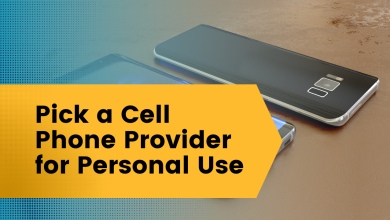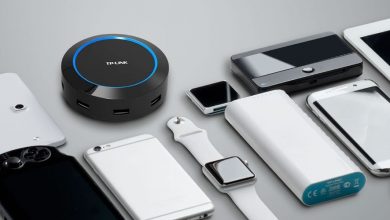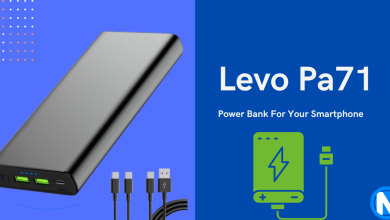How to Take a Beautiful Portrait on the Phone
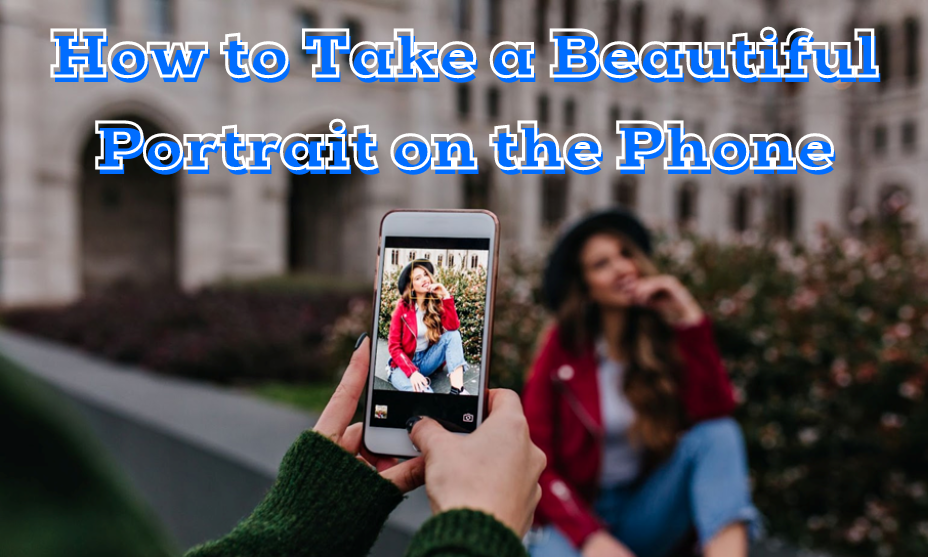
Modern smartphones have pretty good cameras and, most importantly, are always with you. This is an important advantage if you like to take spontaneous portrait photos of friends, family members, or even passersby. But often the results are not what you expect.
So what’s the problem? Smartphones typically use a wide-angle lens with a focal length of about 28mm as their primary lens. It’s great for landscapes, architecture, and panoramas, but it distorts facial proportions. As a result, you get tiny ears, fat cheeks, and a big potato nose. However, with the proper diligence to take a beautiful portrait on the phone is still possible. To do this, you just need to consider a few recommendations.
Keep Your Lens Clean
The optics of your smartphone are less demanding than the camera lens, but you still need to keep your camera lens clean. Spots and stains make the frame less clear and saturated. In addition, dirt can throw you off focus. Don’t be lazy and wipe the lens right before you start taking pictures, and take care to protect it from scratches the rest of the time.
Take Advantage of Software Features:
Some smartphones have a special mode for taking portraits. When you use it, the distortions are reduced, and the background is blurred with software (bokeh simulation). Do not worry that in the frame will be visible skin imperfections – removing pimples and redness will help photo pimple remover RetouchMe. It’s better to edit the picture later than to turn program enhancements to a maximum, as they make the face too smooth as if lit. When using portrait mode, make sure that the blur applied to the background doesn’t catch the model’s hair or clothes.
Another software tool is third-party photography applications. They offer the user a large set of tools: all sorts of settings, filters, and effects that are designed to bring the result closer to the work of a professional photographer. However, most of these tools are not free.
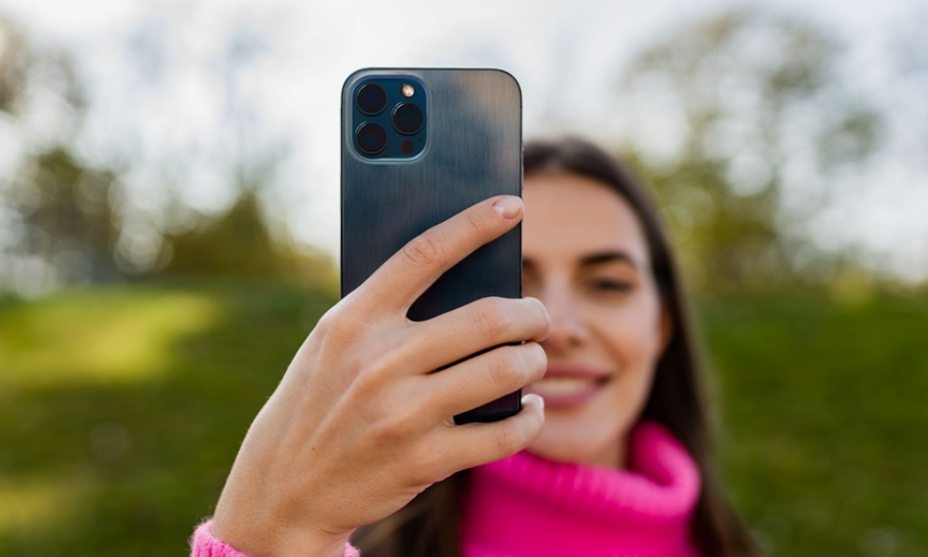
The next way to improve portrait pictures on a smartphone is to switch to an additional camera. Some devices (such as the latest iPhone models) have a telephoto lens built in next to the wide-angle one! It’s much better suited for portrait iPhone photos, as it has a focal length of about 56 mm. There is no soft or natural blur in this mode, but the facial features won’t be distorted. You can apply a bokeh effect later in a photo editor. The main thing is to correctly separate the model from the background and make the blur proportional to the remoteness of the objects.
If these ways to improve your photos or your smartphone do not have additional options, you can only buy an additional portrait lens. It turns your wide-angle lens into a telephoto lens.
Extra Tricks
To overcome the shortcomings of the wide-angle lens and mobile camera as a whole, you can use special techniques.
- Portrait in the landscape-Try to shoot with the model blending in with its surroundings. To do this, eschew close-ups in favor of “waist-length” portraits and full-length photos. Choose picturesque places and textured backgrounds, and let the model interact with her surroundings and other people. A certain distance of the camera from the hero of the frame allows it to reduce optical distortions.
- Naturalness– Add vibrancy to your shots by photographing the model in motion. It can be a step, a turn, tasting a dish, etc. The more natural the shot, the less attention the viewer will pay to the imperfections of the photo.
- Play with perspective and angles– Take advantage of the wide-angle lens to make a non-standard shot. Try to move the shooting point a little lower or higher and use frontal and side perspectives. It is also recommended to do two cropping options: changing the position of the camera in space and using zoom. The first option will give you a better but more distorted photo, and the second option will give you a more faithful but lower-quality image.
- Don’t use the flash- Even with good cameras the built-in light often spoils the frame, as in smartphones. When you take pictures with your phone outdoors, you have to learn how to use natural light during the day and look for the best places to take pictures in the evening. A little trick – use arched passages between houses to shift the light focus on the model and visually darken the background. If it is a planned indoor shoot, you can use reflective surfaces to add light to the frame.
- Monochrome clothing is the best choice-The best mobile portraits come when the model is wearing a fabric without a pattern.
These simple tips will help you take more attractive and artistic photos on your smartphone!


